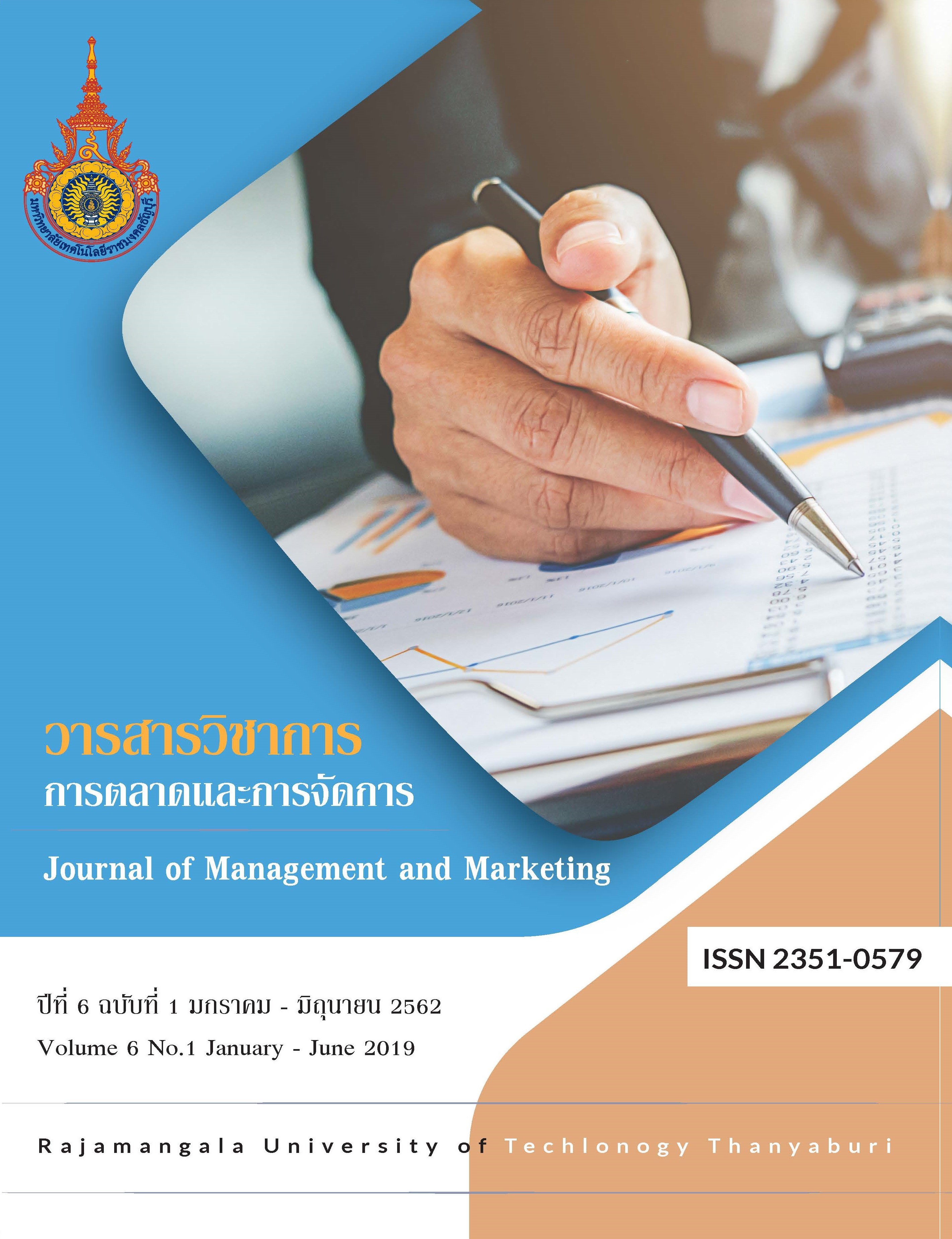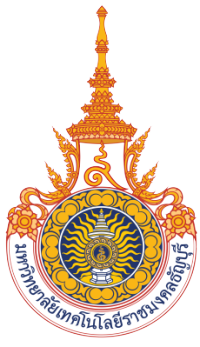EFFECTS OF MARKETING MIX, COUNTRY OF ORIGIN IMAGE, ETHNOCENTRISM AND ANIMOSITY ON CHINESE SMARTPHONES’ BRAND IMAGE IN MYANMAR
Keywords:
Marketing Mix, Country of Origin image, Consumer Ethnocentrism, Animosity, Brand Image, SmartphoneAbstract
The objectives of this research are to study the effects of marketing mix (4P’s), country of origin image (COO image), ethnocentrism and animosity on Chinese smartphone brand image; and to explore the relationship between brand image and purchase intention of Chinese smartphones in Myanmar. In this research, the convenient sampling method and quantitative data collection method were applied. The targeted respondents are in generation Y millennials who use or intend to buy Chinese smartphones in Magway, Myanmar. Questionnaires were taken with a five-point Likert scale from 400 respondents. As for data analysis methods, reliability test, descriptive statistics, correlation, and linear regression analyses were being selected in this study. The results show that most of the hypotheses are significant level (p <0.05) e.g. product, price, promotion, COO image, and ethnocentrism have positive effects on Chinese smartphone brand image in Myanmar. Moreover, brand image is positively related with purchase intention. This study shows that those significant variables are important for marketers in building strong brand image towards purchase intention in the international market.
References
Alamro, A., & Rowley , J. (2011). Antecedents of brand preference for mobile telecommunications services. Journal of Product & Brand Management , 20(6), 475-486. Retrieved from https://doi.org/10.1108/10610421111166621.
Andik, S. D., Munandar, J. M., & Najib, M. (2018). A comparative study on Indonesian and Malaysian Consumers' Preception and Preference towards Handphones from China, South Korea, America, and Europe. Indonesian Journal of Business and Entrepreneurship, 4(2). Retrieved from http://dx.doi.org/10.17358/IJBE.4.2.130
Balabanis, G., & Diamantopoulos, A. (2004). Domestic Country Bias, Country-of-Origin Effects, and Consumer Ethnocentrism: A Multidimensional Unfolding Approach. Journal of the Academy of Marketing Science, 32(1), 80-95.
Bertoli, G., & Resciniti, R. (2012). International Marketing and the Country of Origin Effect : The Global Impact of "Made in Italy". Cheltenham, UK. Northampton, MA. USA: Edward Elgar Publishing Limited.
Bhardwaj, V., Kumar, A., & Kim, Y. K. (2010). Brand analyses of U.S. global and local brands in India: The case of Levi's. Journal of Global Marketing, 23(1), 80-94.
Bojei, J., & Hoo, W. C. (2012). Brand equity and current use as the new horizon for repurchase intention of smartphone. International Journal of Business and Society, 13(1), 33.
Chen, Y. S. (2010). The drivers of green brand equity: green brand image, green satisfaction, and green trust. Journal of Business Ethics, 93(2), 307-319.
Chow, M. M., Chen, L. H., Yeow, J. A., & Wong, P. W. (2012). Conceptual Paper: Factors Affecting the Demand of Smartphone among Young Adult. International Journal of Social Science, Economics and Art, 2(2), ISSN: 2088-5342.
Eagle, L., & Kitchen, P. (2000). Building brands or bolstering egos? A comparative review of the impact and measurement of advertising on brand equity. Journal of Marketing Communications, 6(2), 91-106.
Erdil, T. S. (2015). Effects of customer brand perceptions on store image and purchase intention: An application in apparel clothing. Procedia-Social and Behavioral Sciences, 207, 196-205.
Fakharmanesh, S., & Miyandehi, R. G. (2013, January). The Purchase of Foreign Products: The Role of Brand Image, Ethnocentrism and Animosity: Iran Market Evidence. Iranian Journal of Management Studies (IJMS), 6(1), 147-162.
Fathian, S., Slambolchi, A., & Hamidi, K. (2015). The Relationship between Elements of Marketing Mix and Brand Equity. Arabian Journal of Business and Management Review, 6(1), ISSN: 2223-5833. doi:10.4172/2223-5833.1000173
Feng, Z., & Yu, G. (2016). Animosity and Purchase Intention: How Perceived Quality Impacts Consumers' Willingness to Buy, As a Moderating Factor. Journal of International Business and Law, 15(2), 197-216. Retrieved from http://scholarlycommons.law. hofstra.edu/jibl/vol15/iss2/4
Field, A. (2009). Discovering statistics using SPSS (3rd ed.). London: Sage publications.
Frazier, G. L., & Lassar, W. M. (1996). Determinants of Distribution Intensity. Journal of Marketing, 60(4), 39-51. Retrieved from http://www.jstor.org/stable/1251900
Guido, G., Prete, M., Tedeschi, P., & Dadusc, L. (2010). Effects of Jewish-Italian consumer animosity towards Arab products: The role of personality. Marketing Management Journal, 20(1), 1-18.
He, J; & Wang, C L;. (2015). Cultural identity and consumer ethnocentrism impacts on preference and purchase of domestic versus import brands: An empirical study in China. Journal of Business Research, 68(6), 1225-1233.
Hinton, P., Brownlow, C., McMurray, I., & Cozens, B. (2004). SPSS Explained. London and New York: Routledge.
Hyman, M. (2004). Revising the structural framework for marketing management. Journal of Business Research, 57, 923-932.
Juwaheer, T. D., Vencatachellum, I., Puderuth, S., Ramasawmy, D., & Ponnsami, Y. (2014). Factors influencing the selection of mobile phones in Mauritius. International Journal of Innovation and Knowledge Management in Middle East and North Africa, 3(1), 65-92.
Kabadayi, E. T., Aygun, I., & Cipli, C. (2007). The effects of marketing mix strategies on brand equity: mobile phone sector. Journal of Global Strategic Management, 2, 74-81.
Kaynak, E., & Kara, A. (2000). Consumer perceptions of foreign products. An analysis of product-country images and ethnocentrism. European Journal of Marketing, 36 (7/8), 928-949.
Keller, K. (2013). Strategic Brand Management (Global Edition ed.). USA: Pearson Higher Ed.
Kibera, F. N., & Waruingi, B. C. (1988). Fundamentals of Marketing An African Perspective. Nairobi: Kenya Literature Bureau.
Kim , S., Choi , Y., Kim , K., & Liu , H. (2015). Country of origin and brand image influences on perceptions of online game. Journal of Consumer Behavior, 14(6), 389-398. Retrieved from https://doi.org/10.1002/cb.1554
Klein, J. G., Ettenson, R., & Morris, M. D. (1998). The Animosity Model of Foreign Product Purchase: An empirical test in the People’s Republic of China. The Journal of Marketing, 62(1), 89-100.
Kotler, P. (2000). Marketing Management (10th ed.). New Jersey: Prentice-Hall.
Kotler, P., Armstrong, G., Harris, L., & Piercy, N. (2013). Principles of Marketing (6th ed.). England: Pearson Education.
Lew, S., & Sulaiman, Z. (2014). Consumer purchase intention toward products made in Malaysia vs. made in China: A conceptual paper. Procedia-Social and Behavioral Sciences, 130, 37-45.
Lusch, R. F., & Dunne, P. (1990). Retail Management. Cincinnati, OH: Southwestern Publishing Company.
M.Išoraite. (2018). Brand Image Development. Ecoforum,7(1),14.
Malik, M. E., Naeem, B., & Munawar, M. (2012). Brand Image: Past, Present and Future. Journal of Basic and Applied Scientific Research, 2(12), 13069-13075.
Martin. (2014). Marketing Mix | Place in Four P’s. Retrieved from: https://www.cleverism.com/place-four-ps-marketing-mix/
McCarthy, E. J. (1960). Basic Marketing: A Managerial Approach. Homewood (Illinois): R. D. Irwin.
Mensah-Bonsu, N. O. (2016). The Impact of Marketing Activities on Repurchase Intention and the Mediation Role of Brand Equity in the Ghanaian Mobile Telecommunication Industry. University of Ghana. Retrieved from http://ugspace.ug.edu.gh
Nadia, N., & Rashid, W. (2016). The influence of country of origin on consumer purchase intention: the s brand from China. Procedia Economics and Finance, 37, 343-349. Retrieved from https://doi.org/10.1016/S2212-5671(16)30135-6
Palmer, A. (2004). Introduction to Marketing - Theory and Practice. UK: Oxford University.
Pwint Htun & Paula Bock. (2017). Mobilizing Myanmar: A smartphone Revolution Connects The Poor with Economic Opportunity. Pwint Htun and Paula Bock. Retrieved from https://partnersasia.org/wpcontent/uploads/2017/04/2017_Mobilizing-Myanmar_BMGF-16MB.pdf
Rajh, E. (2005). The Effects of Marketing Mix Elements on Brand Equity. Privredna kretanja i eknomska politika (Economic Trends and Economic Policy), 102, 30-59.
Ramadania, Gunawan, S., & Rustam, M. (2015). Cultural similarity, consumer ethnocentrism and product necessity in evaluation of Malaysian products: Indonesian consumer perspective. Procedia-Social and Behavioral Sciences, 211, 533-540.
Riefler, P., & Diamantopoulos, A. (2009). Consumer cosmopolitanism: Review and replication of the CYMYC scale. Journal of Business Research, 62(4), 407-419. Retrieved from https://doi.org/10.1016/j.jbusres.2008.01.041
Rusdianto, A. H. (2016). The effect of services marketing mix elements on customer-based brand equity: An empirical study on mobile telecommunication service in Indonesia.(Master's thesis,Universitas Muhammadiyah Surakarta).
Shimp, T. A., & Sharma, S. (1987). Consumer Ethnocentrism: Construction and Validation of the CETSCALE. Journal of Marketing Research, 24(3), 280-289.
Shocker, A. D., Srivastava, R. K., & Ruekert, R. (1994). Challenges and Opportunities Facing Brand Management: An Introduction to the Special Issue. Journal of Marketing Research, 31, 149-158.
Shoham, A., Davidow, M., Klein, J. G., & Ruvio, A. (2006). Animosity on the Home Front: The Intifada in Israel and Its Impact on Consumer Behavior. Journal of International Marketing, 14(3), 92-114.
Srinivasan, V., Park, C. S., & Chang, D. R. (2005). An approach to the measurement, analysis, and prediction of brand equity and its sources. Management Science, 51(9),
-1448.
Srivastava, A., & Dey, D. K. (2016). Brand analysis of global and local banks in India: a study of young consumers. Journal of Indian Business Research, 8(1), 4-18.
Tigli, M., Pirtini, S., & Erdem, Y. C. (2010). The perceived country of origin images in Turkey. International Business & Economics Research Journal, 9(8), 127-133.
Yamane, T. (1967). Statistics, An Introductory Analysis (2nd Ed.). New York: Harper and Row.
Yoo, B., Donthu, N., & Lee, S. (2000). An Examination of Selected Marketing Mix Elements and Brand Equity. Journal of the Academy of Marketing Science, 28(2), 195-211.
Downloads
Published
How to Cite
Issue
Section
License

This work is licensed under a Creative Commons Attribution-NonCommercial-NoDerivatives 4.0 International License.
บทความที่ได้รับการตีพิมพ์เป็นลิขสิทธิ์ของ ผู้นิพนธ์
ข้อความที่ปรากฏในบทความแต่ละเรื่องในวารสารวิชาการเล่มนี้เป็นความคิดเห็นส่วนตัวของผู้เขียนแต่ละท่านไม่เกี่ยวข้องกับมหาวิทยาลัยเทคโนโลยีราชมงคลธัญบุรี และคณาจารย์ท่านอื่น ในมหาวิทยาลัยฯ แต่อย่างใด ความรับผิดชอบองค์ประกอบทั้งหมดของบทความแต่ละเรื่องเป็นของผู้เขียนแต่ละท่าน หากมีความผิดพลาดใดๆ ผู้เขียนแต่ละท่านจะรับผิดชอบบทความของตนเองแต่ผู้เดียว









